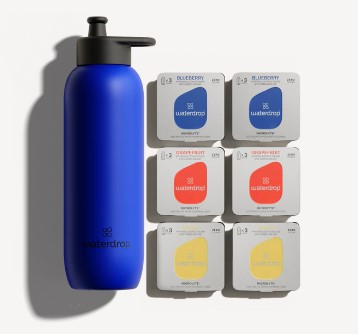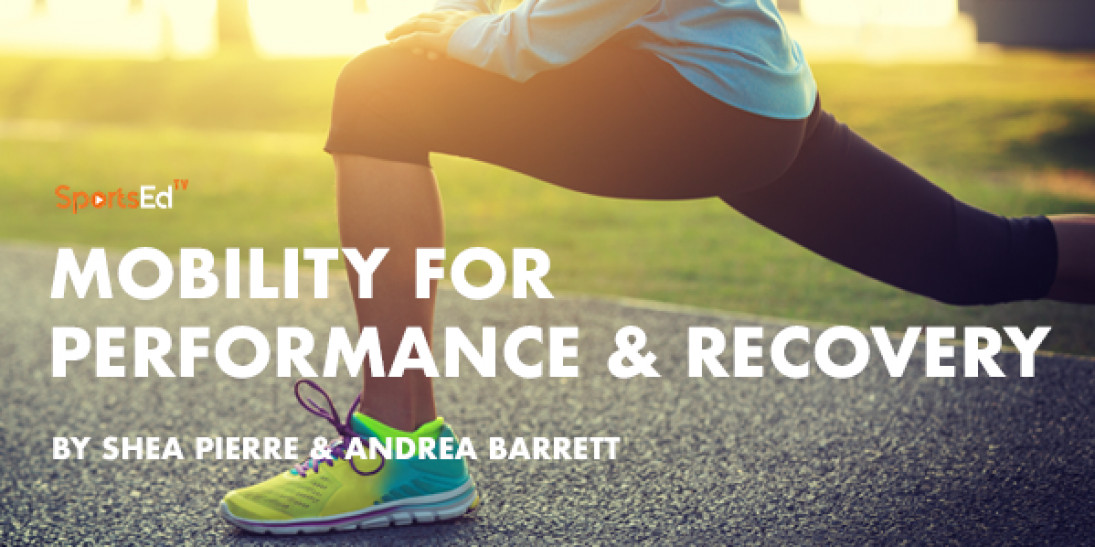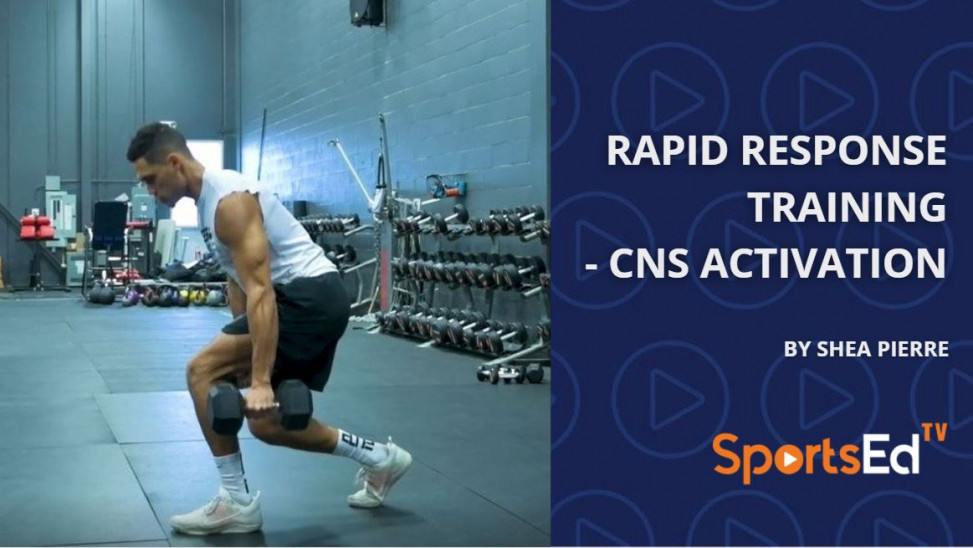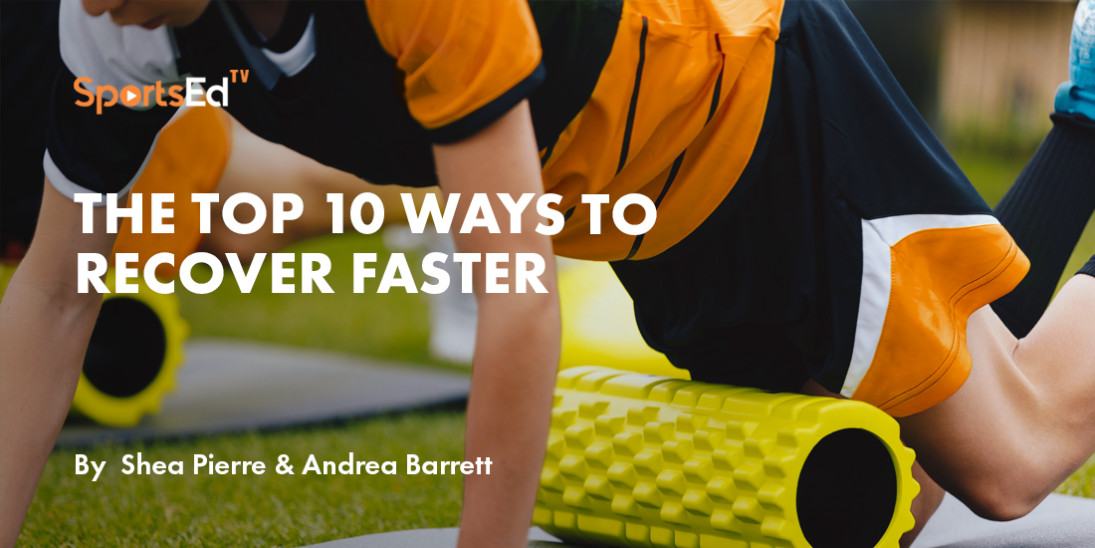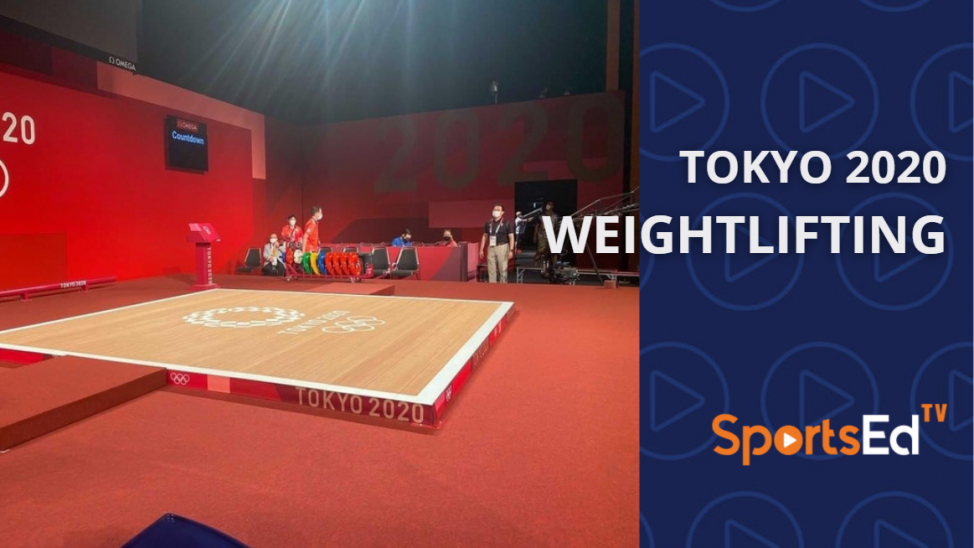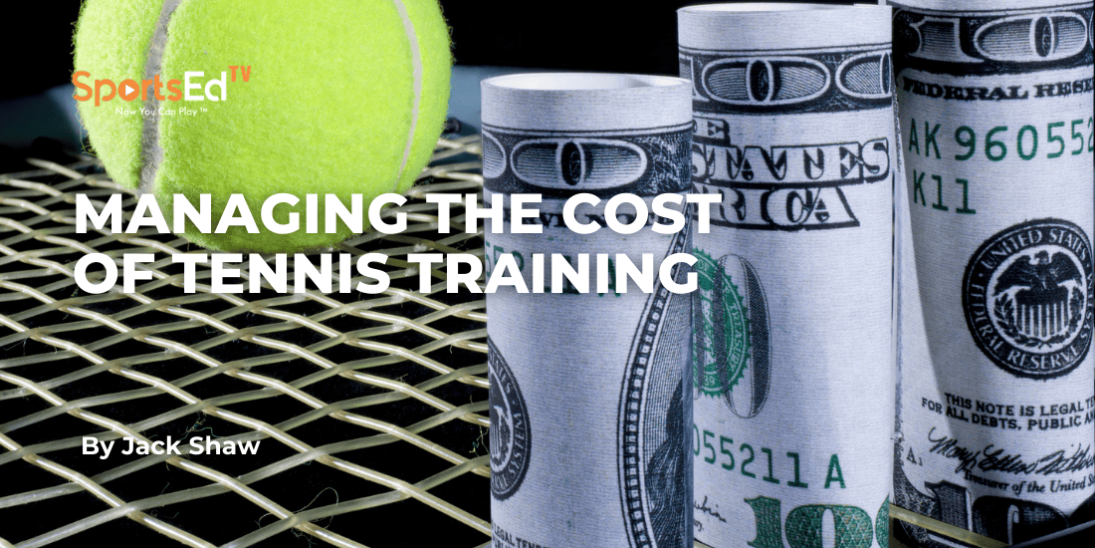Weightlifting, Tennis, Basketball, Volleyball, Soccer, Nutrition, Health, Gymnastics, Regeneration, Cycling, Swimming
Welcome and thanks for visiting...

How To Eat For Performance and Recovery
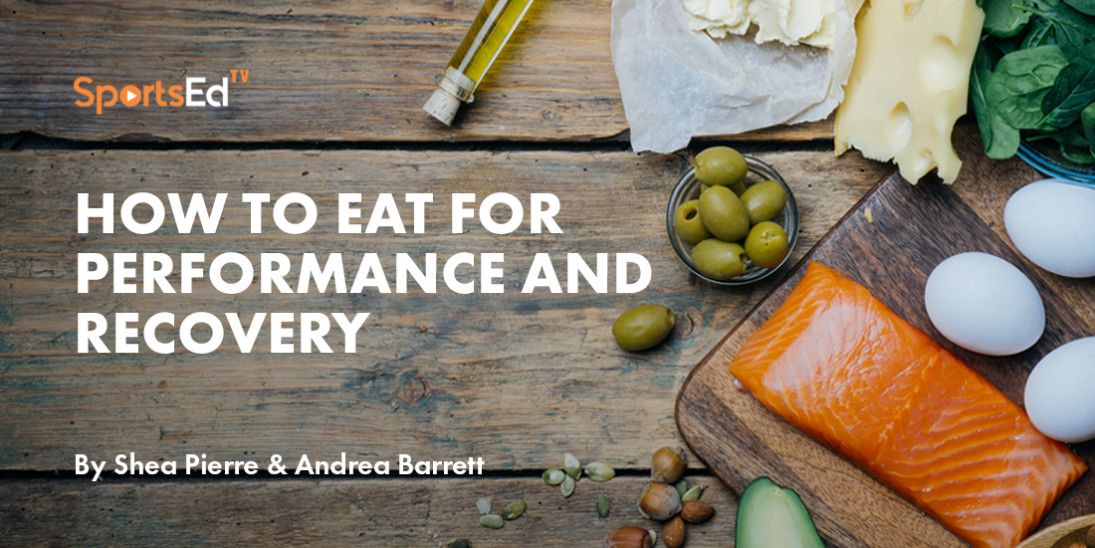
Athletes spend hours exercising, training, and preparing their bodies to reach the highest level of performance achievable. However, they sometimes overlook that nutrition — in addition to training — plays a critical role in determining their levels of performance.
Furthermore, it’s not just about what is eaten, but also when the food is consumed, that must be considered. Meal timing is a critical part of determining both performance and recovery for athletes.
Carbohydrates for Performance
Carbohydrates act as fuel for cells. The amount of glycogen (the stored form of glucose) in the muscles and liver determine to what capacity we are able to perform, so it’s crucial that we maintain adequate stores. When muscle glycogen is high, athletes are able to perform with intensity for an extended period of time. On the other hand, low muscle glycogen results in being quicker to fatigue and a significantly lower training intensity.
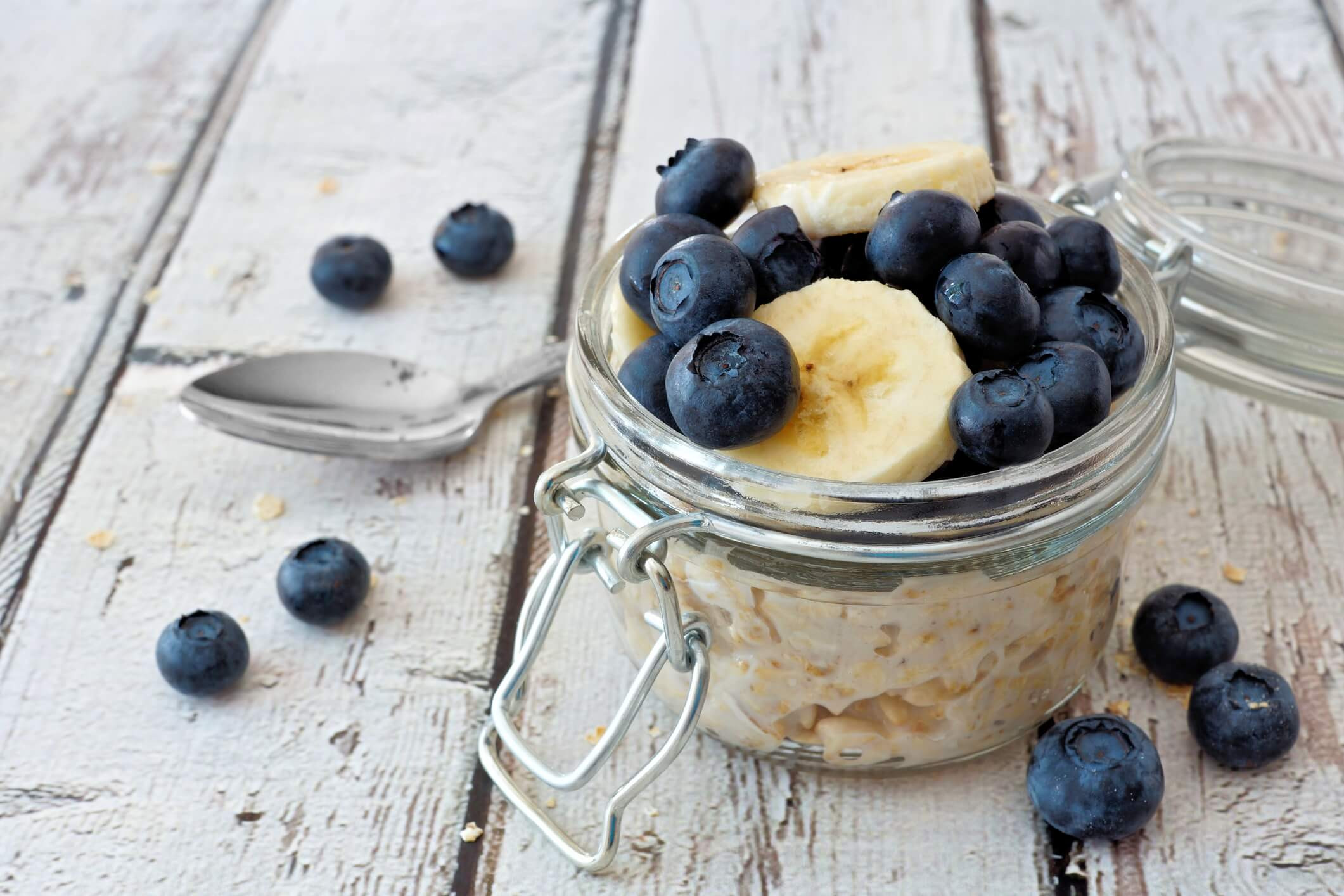 Healthy carbs are a source of fuel for the body. By replenishing glycogen stores, they enable athletes to recover and perform at their desired intensity
Healthy carbs are a source of fuel for the body. By replenishing glycogen stores, they enable athletes to recover and perform at their desired intensity
As carbohydrates are the majority of fuel for exercise, it’s important to ensure that you’re consuming the correct type and quantity. It is essential to know the difference between simple carbohydrates and complex carbohydrates. Simple carbs are those that absorb rapidly and produce a rapid spike in insulin levels, subsequently allowing glucose to enter the bloodstream at a faster pace, whereas complex carbohydrates are digested slower and produce a less rapid insulin response. We can also use the glycemic index to determine what carbs you should eat around your workouts.
Glycemic Index: The ranking of foods from 0-100 based on their immediate effect on blood sugar; it is the rate at which a food is digested and converted to glucose in the body.
Examples of High GI Carbohydrates (consume before/during/after workouts)
Short-grain rice (jasmine, arborio, medium-grain)
Certain Fruits (bananas, mangos, melons, pineapple, peaches, kiwi)
Starchy vegetables (white potatoes, plantains, sweet potatoes, yams, taro, rutabaga)
Examples of Low GI Carbohydrates (consume away from workouts)
Long-grain rice, brown rice, barley
Pseudo grains (quinoa, amaranth, buckwheat)
Steel-cut oats
Bread (rye, sourdough)
Certain Fruits (blackberries, raspberries, strawberries, blueberries, apples, grapefruit)
Vegetables (carrots, broccoli, cauliflower, peppers, zucchini, green leafy, tomatoes, etc.)
Starchy vegetables (parsnips, pumpkin, carrots)
Legumes (lentils, chickpeas, kidney beans, black beans, etc.)
Consuming high glycemic foods before and after a workout causes insulin levels to spike, which allows glucose to enter cells. This provides the fuel needed for a workout, and also acts as a source to replenish glycogen stores once the exercise is over. However, there can also be something said for consuming a lower glycemic meal prior to exercise, because slower digesting carbs produce a more sustained release of energy (Bean, 2013).
The Factors Influencing Recovery and Glycogen
Eating after a training session is crucial to recovery, but how long does it take to be adequately refueled? It depends on four factors (Bean, 2013):
1. Glycogen store depletion level
The more depleted your glycogen stores, the more time and fuel it will take to replenish them. However, the level of depletion is dependent on the duration and intensity of the exercise. The longer and more intense the workout, the more glycogen will be used (meaning the more empty the glycogen stores afterwards). It takes at least around 20 hours to replenish glycogen stores after low-intensity/shorter activity, and it can take up to 7 days to fully replenish stores for high-intensity/longer activity.
 It can take up to a week for glycogen stores to fully replenish after an intense and long workout
It can take up to a week for glycogen stores to fully replenish after an intense and long workout
2. The extent of muscle damage
Muscle damage is also relevant in glycogen depletion. Eccentric exercises, heavy weight lifting, or plyometric training, for example, all damage muscle fibres. This causes incoming glucose to go to repairing muscles rather than going into storage — so when the extent of the muscle damage is greater, replenishing glycogen stores takes more time (as more of the glycogen will be dedicated to repairing muscle damage). It can take anywhere from 7-10 days for stores to be replenished after a workout that involves muscle fibre damage.
3. The quantity and timing of carbohydrates consumed
As carbohydrates replenish glycogen, the quantity of carbs eaten will determine how fast the stores are refilled. If an athlete is training consistently (daily or multiple times per day), it’s essential to consume adequate carbohydrates to prevent depletion. Over consecutive days of training, glycogen stores will continue to decline if too few carbohydrates are consumed and athletic performance will suffer as a result.
4. Experience and fitness level
As training experience and fitness levels increase, an athlete’s body will be able to refuel more effectively. The more an athlete trains, the more efficient they will be at replenishing glycogen stores. The amount of glycogen stored will also increase with the training experience.
Use SETV15 at check out for 15% off
“The Metabolic Window of Opportunity”
There’s a theory known as the ‘metabolic window of opportunity’ which states that the body best absorbs nutrients within a certain period of time after activity. Previous research differentiates between two distinct sections: the first area is glycogen storage refilling and suggests that consuming carbohydrates immediately after exercise almost doubles the rate of replenishment [1]; the second area is the ‘anabolic’ window for new muscle growth and suggests that consuming protein immediately after a workout leads to more rapid muscle building than waiting several hours to consume protein [2].
But more recently, this has been challenged on the basis that it doesn’t account for what was eaten before the workout. When enough protein and carbohydrates are consumed prior to working out, the emphasis on the post-workout eating window diminishes. Since the anabolic window lasts up to six hours post-training, the refuelling window is much larger. That’s not to say you should wait six hours after training to eat, but what’s eaten before a workout does need to be considered as its impact on post-workout recovery is significant.
If you’re not going to train again within an 8-hour period after your previous workout, consuming carbs immediately afterwards is not imperative. As long as the total carb count for the day is met, the replenishment levels after 24 hours will be roughly the same.
Protein and Muscle Building
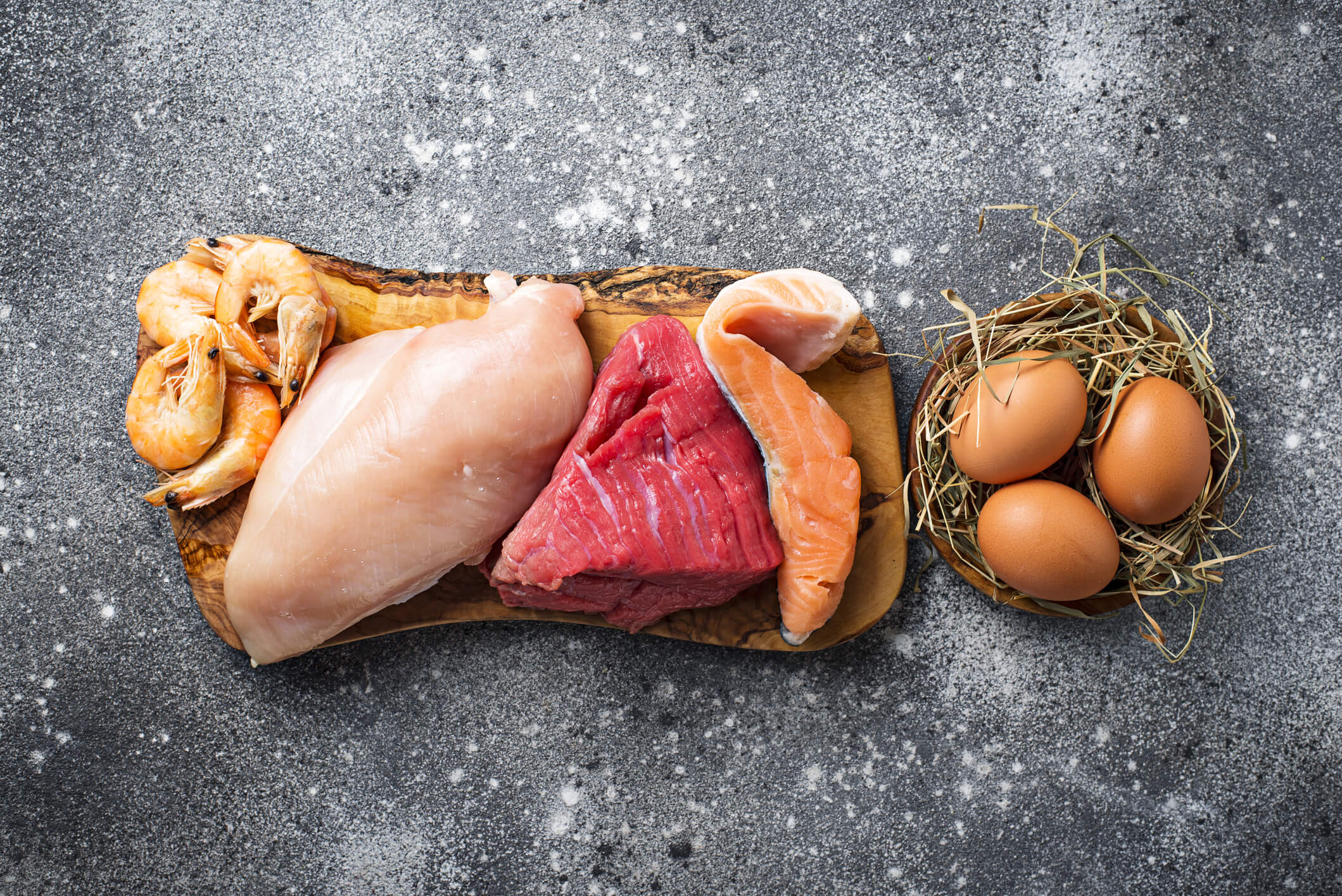
Protein plays a significant role in building muscle. However, eating more protein doesn’t directly result in more muscle mass.
Firstly, protein requirements will vary depending on whether an athlete is doing primarily endurance training or strength training. Strength training will cause heavier damage to muscle fibres than endurance training, and as a result protein intake should increase to keep up with the rate of breakdown [3]. Adequate protein intake is also essential for a body to reach a positive nitrogen state (when incoming nitrogen exceeds excreted nitrogen), which is important for muscle growth.
The timing of the protein intake is also an important factor, just like it was with carbohydrates. Studies have found that muscles are most receptive to protein within the first two hours after exercise, but this can extend for up to 24 hours. A combination of protein and carbohydrates, generally at a 2:1 ratio, promotes efficient muscle building and recovery. Beyond just the intake after training, protein intake should be spaced evenly throughout the day.
Not all protein is created equally, however. You may have heard the terms whey and casein before, especially when looking at protein supplements. These are examples of a fast-digesting protein (whey) and a slow-digesting one (casein). When refuelling from a training session, it’s best to consume fast-digesting proteins where amino acids will be absorbed quicker and promote greater muscle synthesis.
Here are some good post-workout options in both categories:
Fast-Digesting
Grass-fed whey protein (concentrate, isolate, hydrolysate)
Eggs
Poultry (chicken, turkey)
Fish (salmon, tuna)
Bovine colostrum
Dairy (if tolerable)
Slow-Digesting
Soy protein
Casein
What You Need To Know About Fats
We’re not going to talk much about fats because, while they are important for body function, they are not optimal to consume before or after a workout as they delay absorption rates. Still, an adequate healthy fat intake is essential for proper body function and wellbeing, for both athletes and non-athletes.
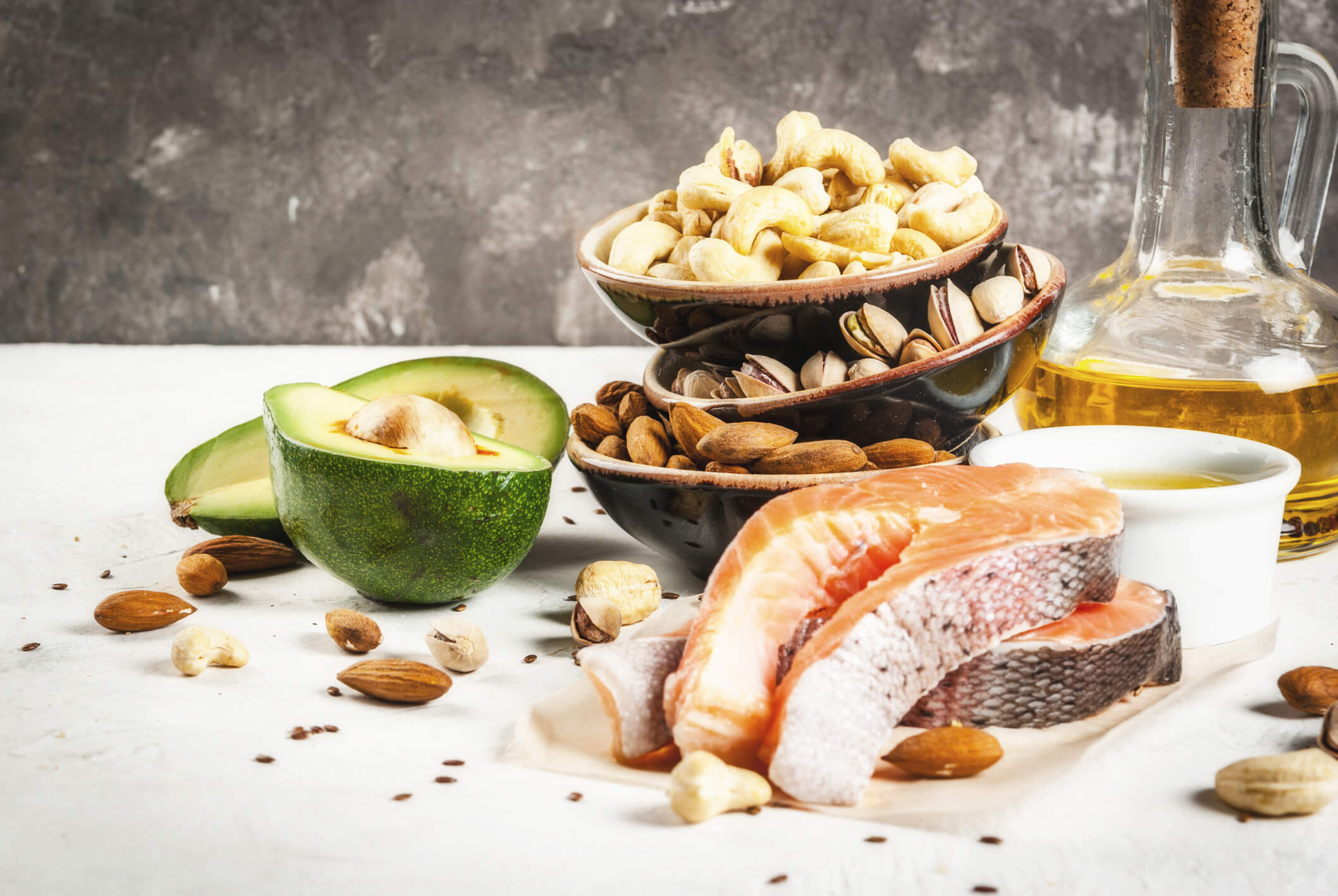 Healthy fats are an essential part of any diet
Healthy fats are an essential part of any diet
Saturated and Unsaturated Fats
Saturated fats are in many animal products like meats, dairy, and eggs, as well as in coconut. Saturated fats are often criminalized, however they are important for many vital bodily functions, including immune system regulation, brain function, proper nerve signalling, and much more.
Unsaturated fats are the ones we’re usually reminded to consume enough of. Monounsaturated fats, like those found in olive oil, nuts, and seeds, and polyunsaturated fats that are found in various foods including vegetable oils and cold-water fish, are both important in cholesterol regulation. Omega-3 and Omega-6, two subcategories of polyunsaturated fats, are essential for blood clotting, reducing inflammation, controlling the tone of blood vessel walls, and proper functioning of the immune system.
All fats are not created equal, and you should consume some more frequently than others. Optimal body function is essential for both health and performance, so getting adequate amounts of the right dietary fat is a must. Here are some of the best choices:
Omega-3 Fatty Acids
Cold-water fatty fish (mackerel, salmon, trout, tuna, herring, sardines)
Seeds (chia, hemp, flax, pumpkin, sunflower)
Nuts (almonds, brazil, hazelnuts, walnuts, pecans)
Other good fat sources include:
Coconut oil
Olive oil
Avocado oil
Avocados
Olives
Grass-fed butter
What Should Your Meals Look Like?
Ultimately, eating to fuel performance shouldn’t be overcomplicated. It comes down to eating what works for your body, avoiding what doesn’t, and giving your body the proper amounts of the right foods and nutrients it needs to thrive.
Pre-Workout
Protein + carbs + small amount of fat
Smoothie (e.g. avocado, blueberries, banana, almond milk or banana, PB, oats, flaxseed, almond milk)
Oatmeal + fruit + PB
Greek yoghurt + fruit + homemade granola
Post-Workout
Protein + carbs
Baked salmon + rice + broccoli
Grilled chicken + quinoa + roasted veggies
Smoothie (strawberries/blueberries, kale, spinach, protein powder, chia/flax, almond milk)
Vegetable omelette with side potatoes
6oz. steak + baked sweet potato + sautéed spinach
In-Between Snacks
Hard-boiled eggs
Jerky
Fruits + nut butter (no added sugar)
Remember that these are just nutrition guidelines for optimal performance. Like with training, everyone is going to have their own unique needs. Some people perform best with higher carbs, some prefer lower carbs. Some athletes like to eat three meals per day, while others perform best eating six. You may also see your needs and ideal nutrition regimen change over time. Understand the research of what types of foods, nutrients, and nutrition timing tends to work best (like the info presented here), and don’t be afraid to experiment within that information to find out what combination is right for you.
References
Bean, A. (2013). The complete guide to sports nutrition. London: Bloomsbury Sport, an imprint of Bloomsbury Publishing Plc.
Follow SportsEdTV Soccer on Facebook and Instagram to stay up-to-date with the latest content

